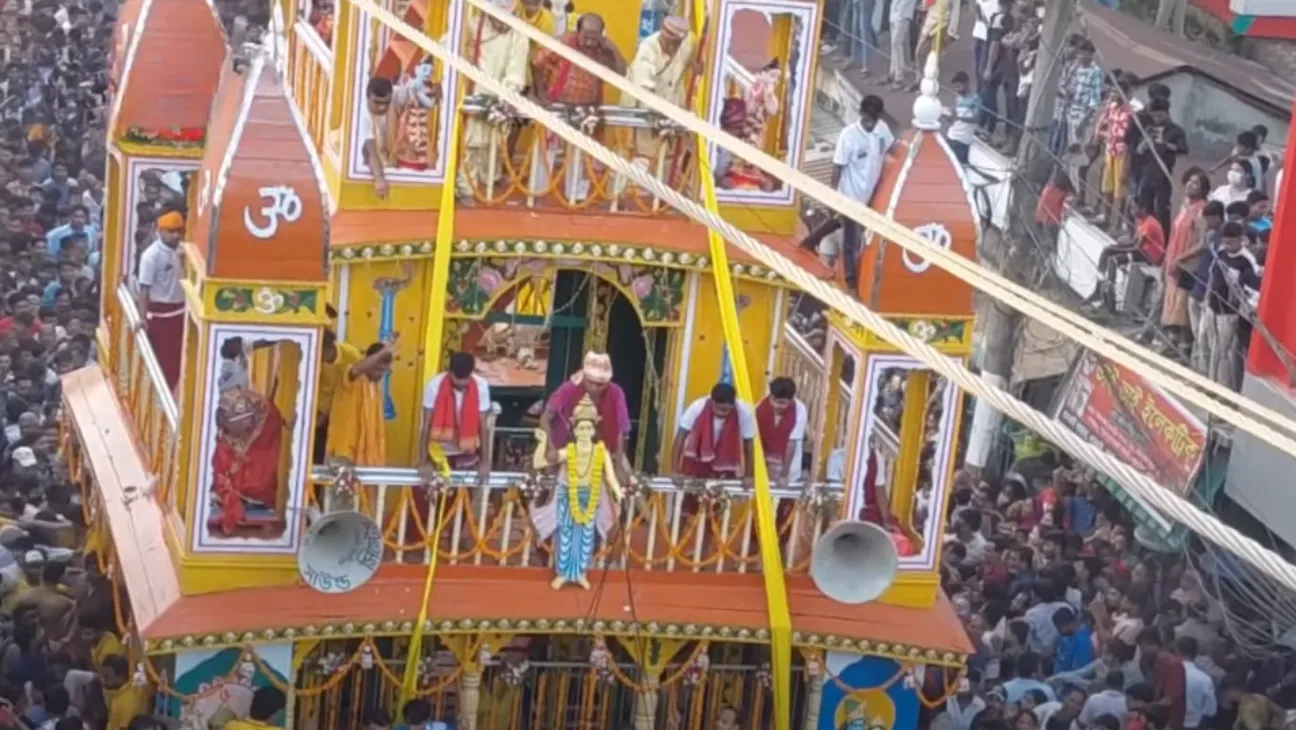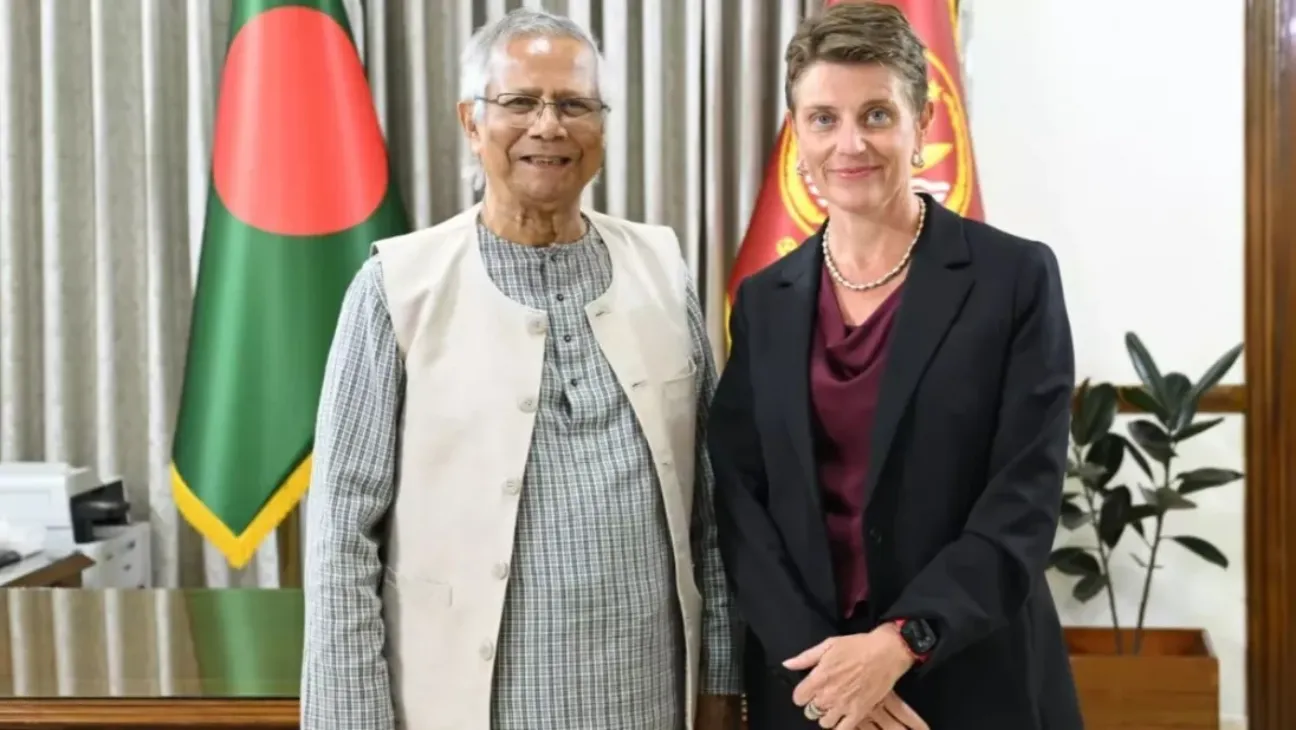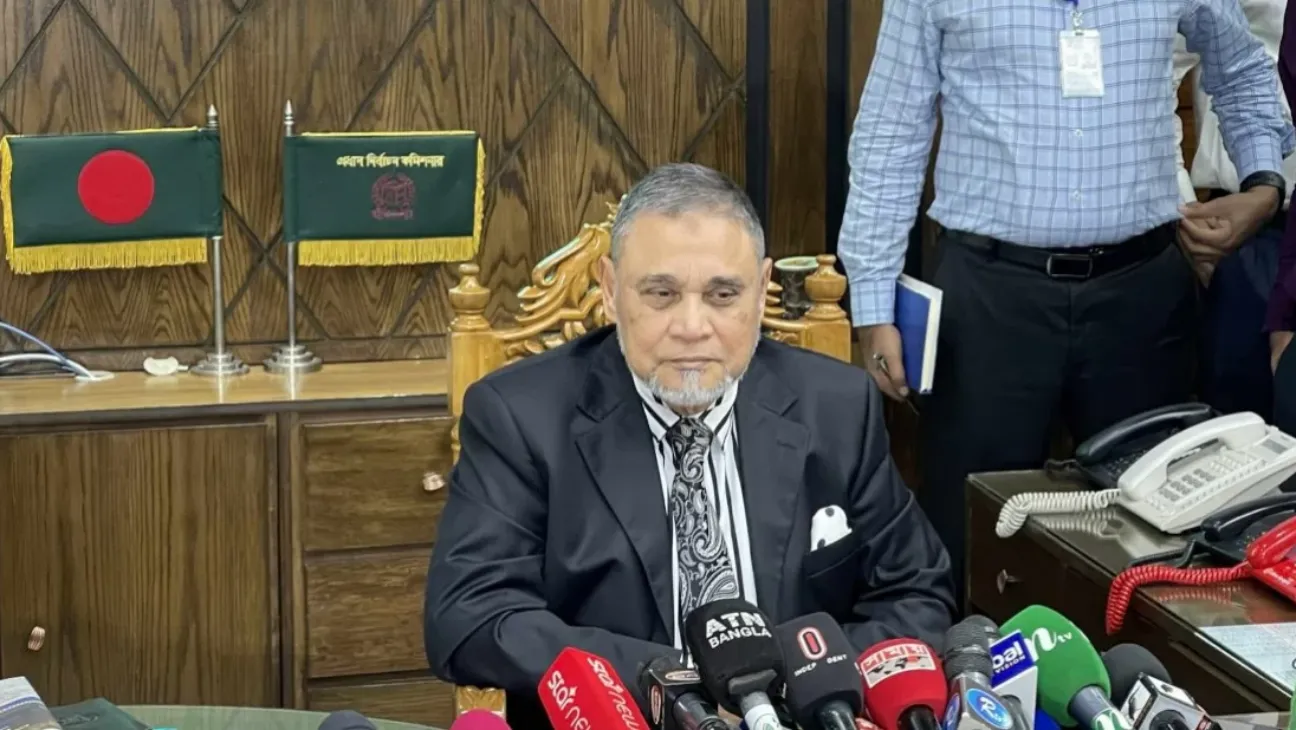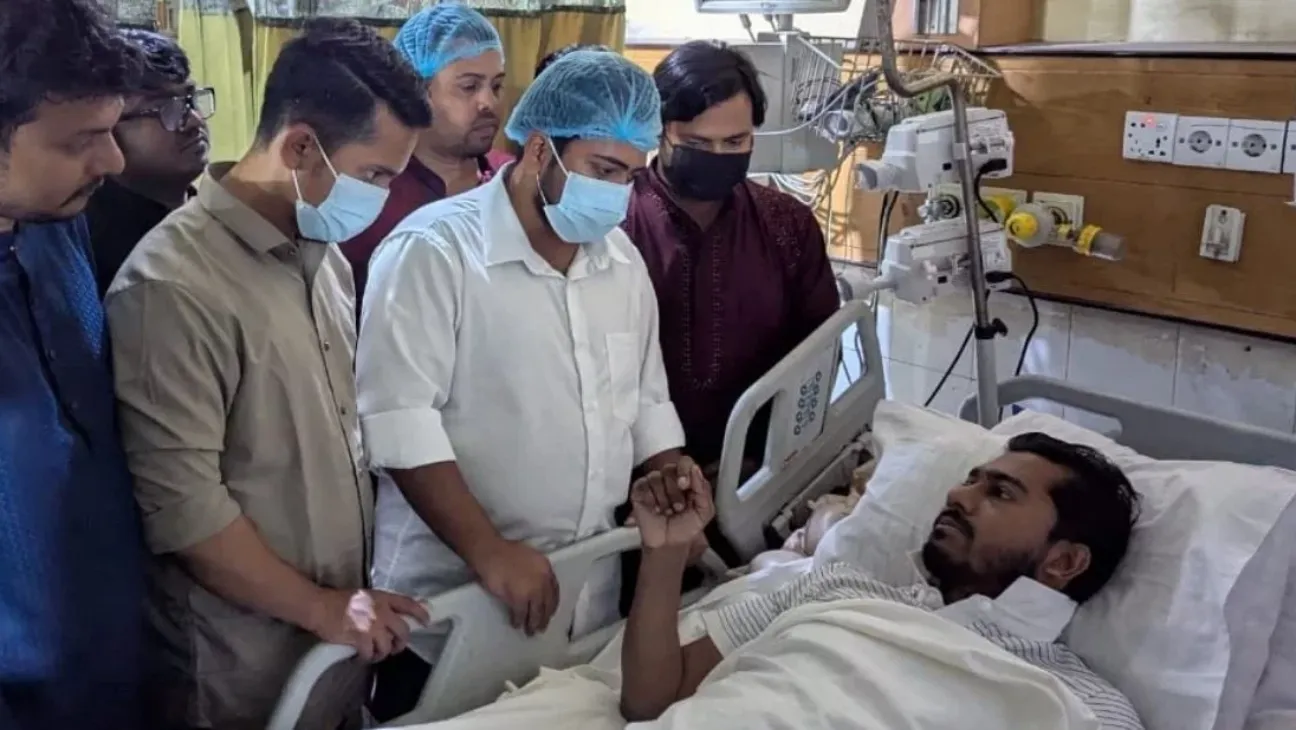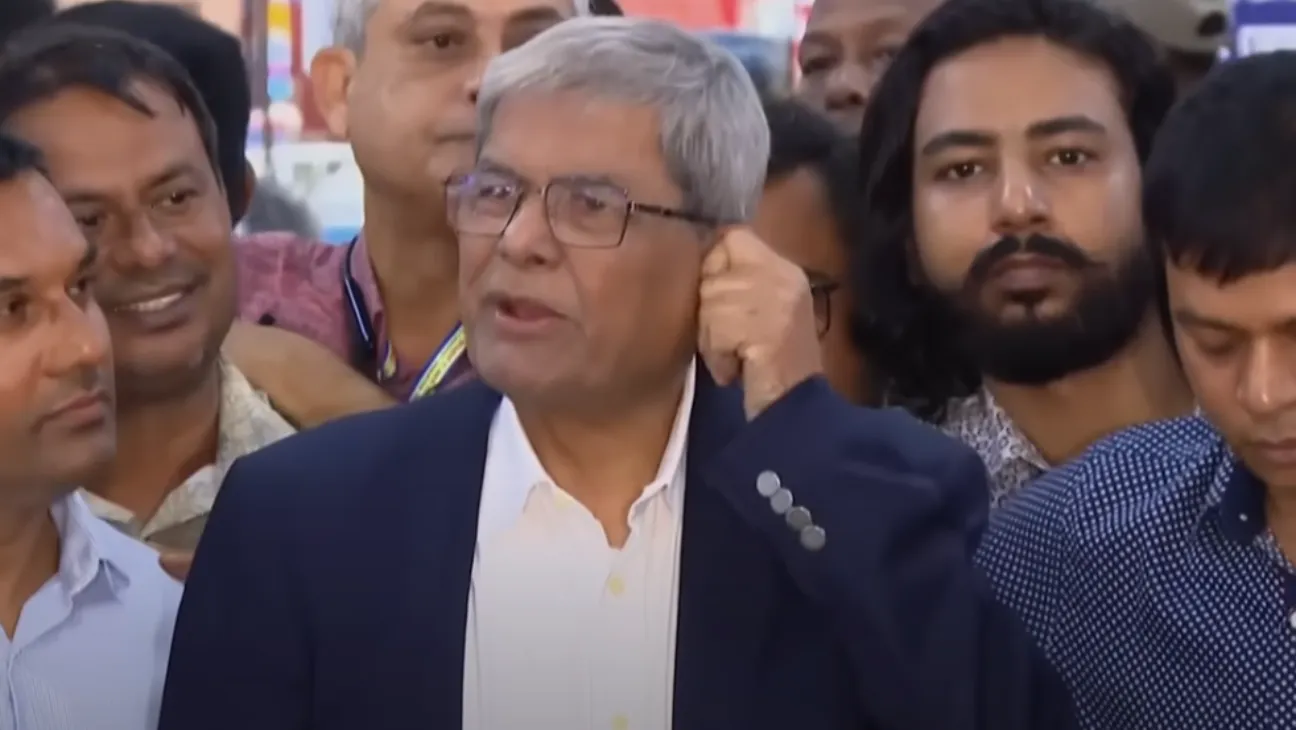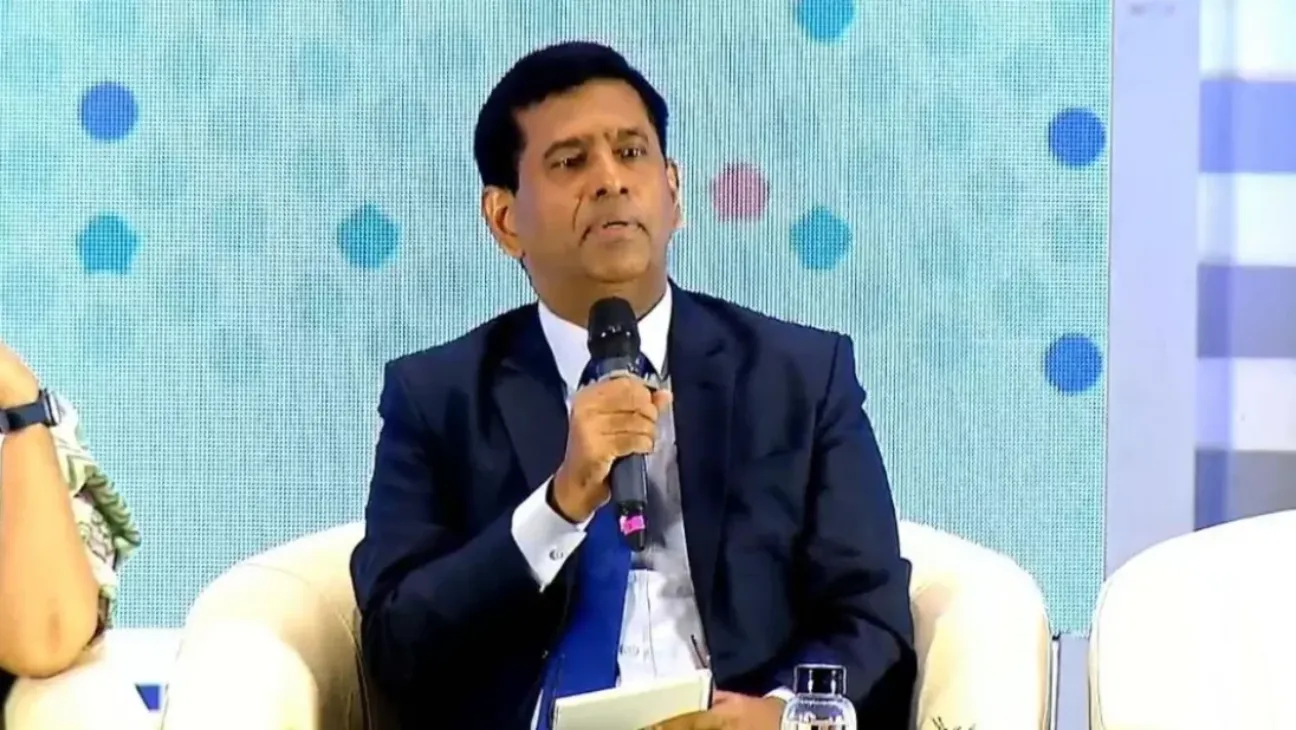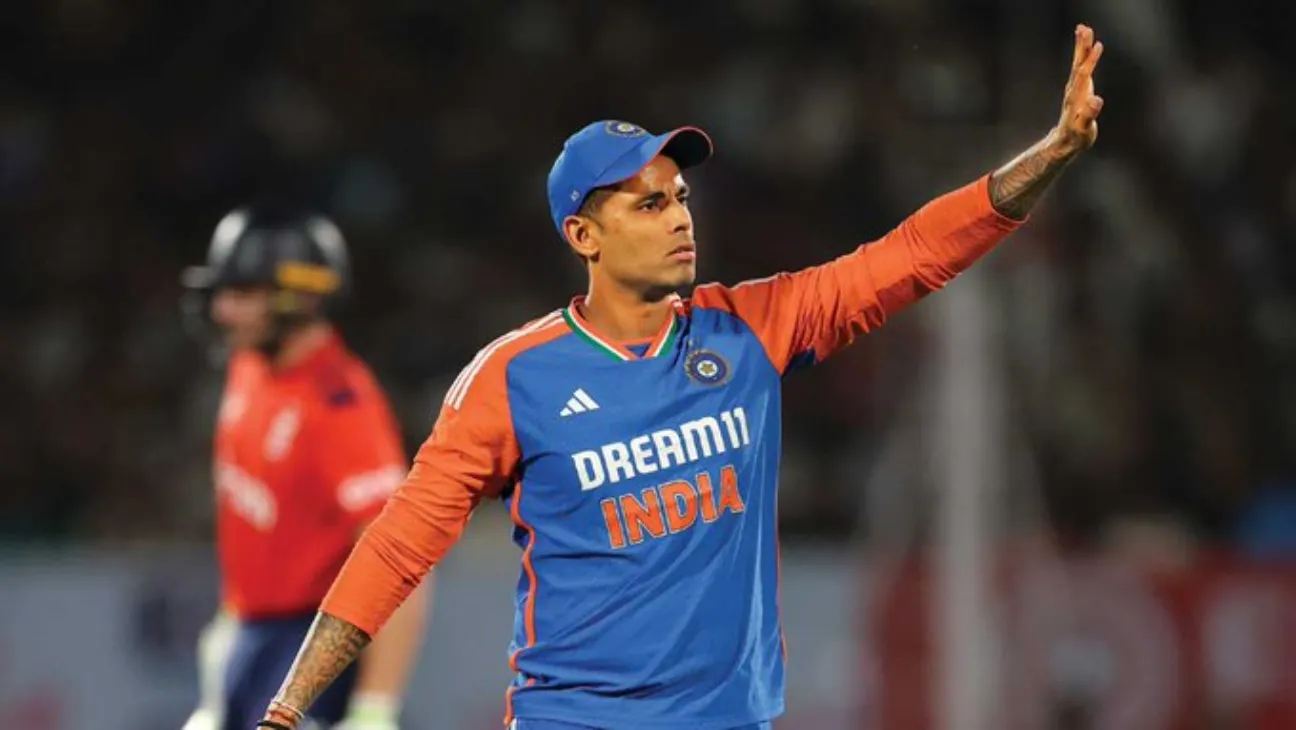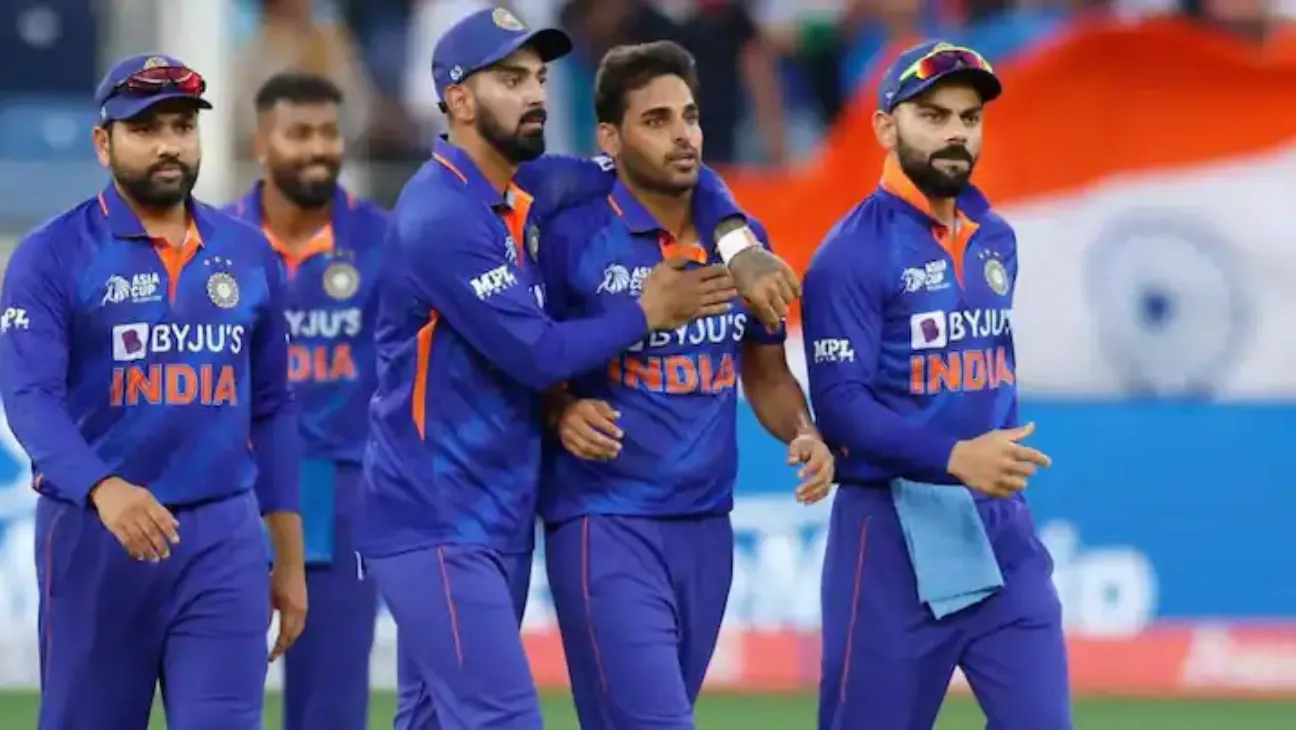For countless Hindu devotees in Bangladesh, this is a sacred time. The Rath Yatra has begun, a nine-day festival where they honor the mythic journey of Lord Jagannath.
In cities across the country, from Dhaka to Chattogram, thousands have gathered to pull the great chariots. The celebration officially started with the Agnihotra fire ceremony, a tradition timed to the Hindu calendar.
This sacred fire is the heart of the moment, symbolizing the instant Lord Jagannath and his siblings set out to visit their aunt.
Nowhere is this tradition more alive than in Dhamrai, where for over 400 years, the town has become a pilgrimage site, teeming with energy as devotees arrived from all corners of the country by early Friday.
Following religious rituals, Home Affairs Adviser Jahangir Alam inaugurated the chariot procession. A large wooden rath was pulled by crowds from Kayetpara Rathkhola to the Jatrabari Temple, believed to represent the deities’ in-laws’ residence.
Dhamrai was decorated for the occasion. Temporary lighting, banners, and roadside stalls transformed the area. Local authorities increased security and added crowd-control measures to manage the growing number of participants.
At the procession, people from different regions stood shoulder to shoulder. Some pulled the thick rope attached to the chariot. Others walked beside it, praying quietly or offering fruit and flowers.
“We come every year. It’s not about tradition alone, it’s about being here,” said one man who traveled from Tangail with his family.
In the capital, another great procession was underway. You could see a stream of people moving from the Swamibagh Ashram to the Dhakeshwari National Temple.
They carried simple offerings—sugar, bananas. But the journey itself was what truly mattered. For the people walking, it was a profound, personal chance to feel connected to something divine.
Hindu belief holds that Lord Jagannath is the Supreme Being. Touching the chariot or its rope is seen by many as a way to receive blessings or even attain spiritual liberation.
In Chattogram, thousands took part in two major processions organized by ISKCON temples in Tulshidham and at Probartok Circle. Chanting, singing, and group prayers marked the day.
Some participants shared a broader message during the celebration.
Near the Tulshidham temple, a devotee voiced what many were feeling: “We’re not only praying for ourselves, but also for peace around the world.” And many heads nodded in quiet agreement.
That same sentiment filled the air in smaller communities all across the country, with processions and events lighting up towns from Barishal to Mymensingh.
In each location, the format remained similar. Large chariots were pulled by hand. Local temples held ceremonies. People gathered in groups, despite the heat and long distances.
The festival will conclude on July 5 with the Ulto Rath, or return journey of the deities.
For many, the event is less about spectacle and more about presence. To stand with others. To take part. To be seen by the deity as much as to see him.

